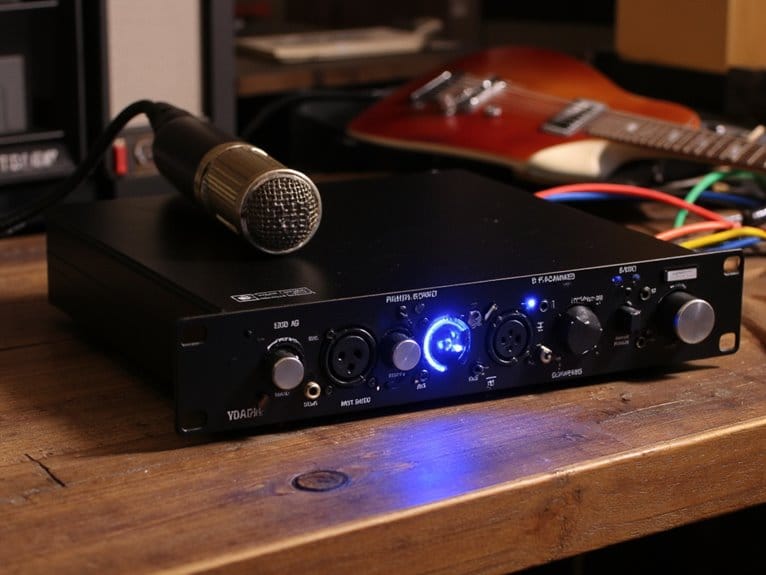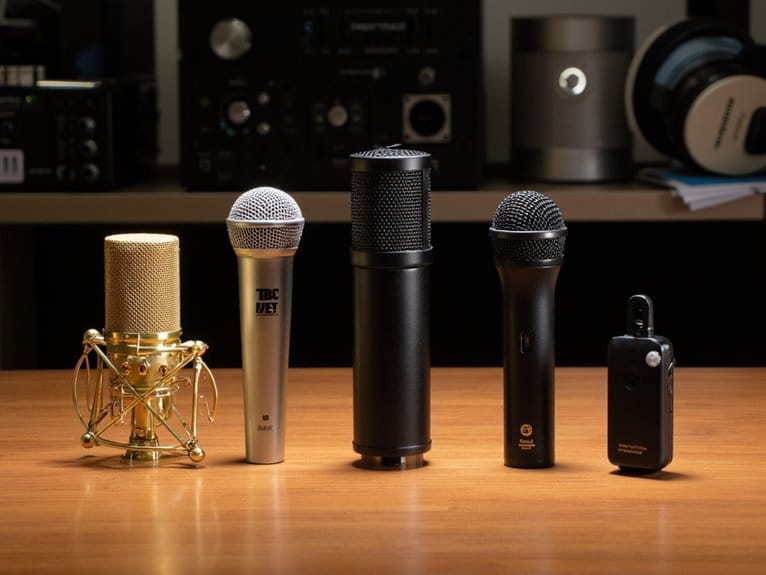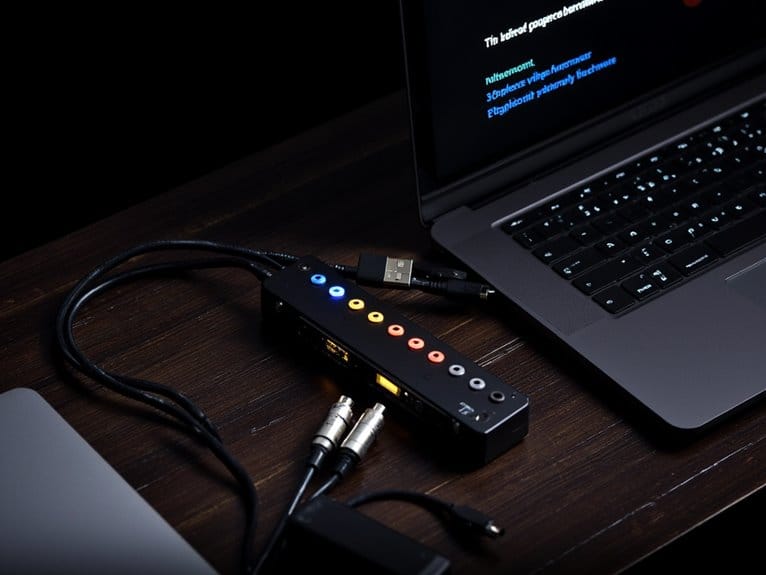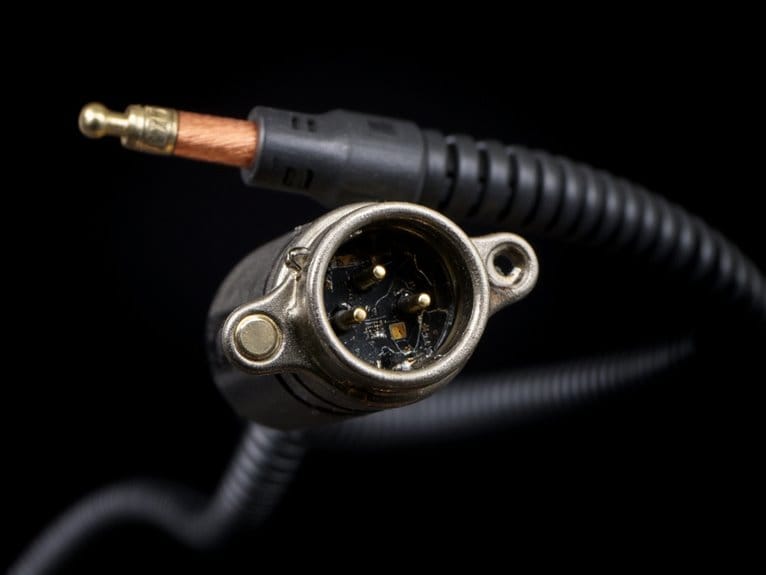Why Did My Nylon String Break?
Nylon string breakage can often be traced back to a combination of avoidable mistakes, poor maintenance habits, and overlooked details that put undue stress on the strings and the guitar itself. From incorrect string installation and insufficient bridge pad lubrication to over-tuning, poor string quality, and guitar setup issues, the culprits are numerous. Rushing through string changes, ignoring manufacturer's instructions, and failing to check guitar setup regularly are just a few habits that can lead to snapped strings. But don't worry, by digging deeper, you'll discover the common oversights that are likely to blame – and how to avoid them in the future.
We are supported by our audience. When you purchase through links on our site, we may earn an affiliate commission, at no extra cost for you. Learn more.
Incorrect String Installation
In terms of nylon string breakage, a surprisingly common culprit is incorrect string installation, which can lead to premature string fatigue and ultimately, a snapped string. It's astonishing how often a simple mistake can have devastating consequences for your instrument. When strings are not seated properly on the bridge or tied correctly at the tuning post, excessive stress is placed on the string, causing it to weaken. This can lead to a breakage, even with minimal playing. To avoid this, make sure to follow the manufacturer's instructions for string installation, and take your time when changing strings. A little patience and attention to detail can go a long way in preventing a snapped string. By being mindful of this common pitfall, you can guarantee a longer life for your nylon strings, thereby safeguarding them.
Insufficient Bridge Pad Lubrication
While improper string installation can be a significant contributor to nylon string breakage, another often-overlooked factor is the lubrication of the bridge pad, which can have a profound impact on the longevity of the strings. A dry bridge pad can cause friction, leading to premature string wear and eventual breakage. To avoid this, it's essential to keep the bridge pad well-lubricated.
Here are some common mistakes to avoid:
- Using the wrong type of lubricant (e.g., silicone-based products can attract dirt and dust)
- Applying too little lubricant, resulting in inadequate coverage
- Failing to reapply lubricant after string changes or cleaning
- Using a lubricant that's too thick, causing the strings to stick to the bridge pad
Over-Tuning and String Tension
Tuning your nylon strings to perfection can be a delicate balancing act, as excessive string tension can prove disastrous, leading to snapped strings and a premature trip to the music store. When you crank up the tuning pegs, the string's molecular structure is stretched to its limits, making it more prone to breakage. Additionally, over-tuning can cause the string to vibrate excessively, generating heat that further weakens the material. To avoid this, it's essential to find the sweet spot where your guitar sounds its best without putting undue stress on the strings. A good rule of thumb is to tune up gradually, checking the string's tension frequently to avoid over-stretching. By doing so, you'll reduce the likelihood of a snapped string and extend the life of your nylon strings.
Poor String Quality and Age
Beyond the perils of over-tuning, another common culprit behind nylon string breakage is the quality and age of the strings themselves, as subpar or aged strings can be more prone to snapping due to inherent material weaknesses or degradation over time.
Some signs of poor string quality and age include:
- Strings that are brittle, discolored, or show signs of corrosion
- Strings that are excessively prone to tangling or knotting
- Strings with inconsistent tension or uneven windings
- Strings that produce a dull, lifeless tone
It's essential to choose high-quality strings and replace them regularly to prevent breakage and guarantee superior tone and playability.
Guitar Setup and Action Issues
Inadequate guitar setup and action issues, often overlooked by novice players, can wreak havoc on nylon strings, causing them to snap prematurely due to excessive tension or uneven stress distribution. A poorly adjusted bridge, nut, or fretboard can create hotspots that concentrate string stress, leading to breakage. In the same manner, an action that's too high or low can put undue pressure on the strings, making them more prone to snapping. Don't be that player who blames the strings when the real culprit is their own guitar setup. Take the time to check and adjust your guitar's setup regularly, and your nylon strings will thank you (and last longer too!)





